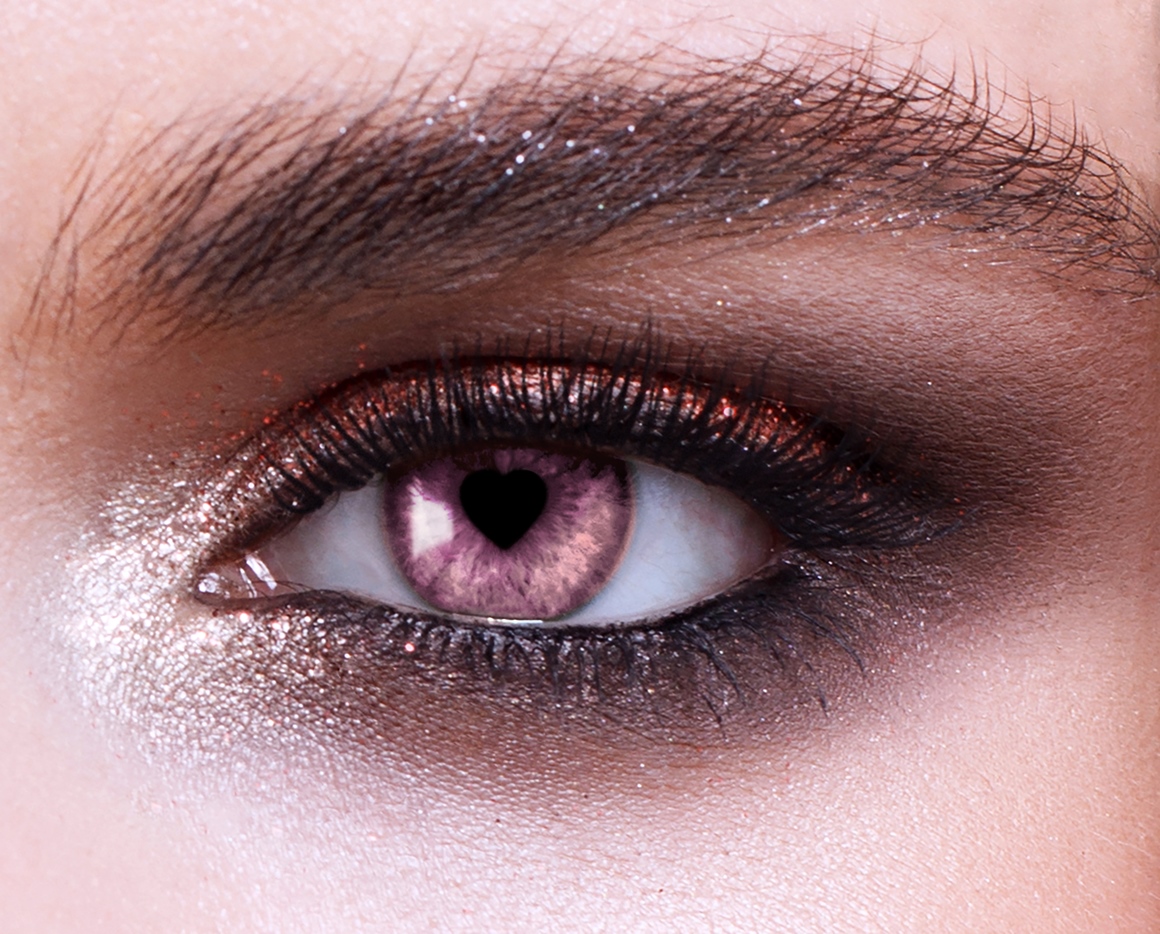Do you prefer a classic eye makeup look or love experimenting? Thanks to social media’s influence, eye makeup has evolved, with metallic eyeshadows leading the trend. Michael Brown explores how these shimmering shades can elevate your clients’ makeup game.
Metallic Eyes, Yay or Nay?
Do you stick to one standard eye makeup look, or do you like to change it up? This is a great question to ask yourself and your makeup brand customers. Traditionally, many people had a ‘look’ and rarely deviated from it. It was comfortable and seemed to suit them, but it was more about the convenience of avoiding the unknown, especially with different eye makeup shades or textures. Now, eye makeup has evolved to be more playful and experimental, largely thanks to social media tutorials. What began on YouTube has now exploded on platforms like TikTok and Instagram. We’re bombarded with new tips and trends, making it essential for brands and beauty advisors to stay current.
Awareness of trends and quick tips has given consumers the confidence to try new eye looks, from a simple liner change to adding a metallic touch for a night-out look.
In makeup, there are no set rules! You can be as subtle or as bold as you like. However, there are guidelines to help understand makeup artistry best practices, which are useful to share with customers.
Why Metallic?
Metallic eyeshadows have seen a surge in popularity. They’re more accessible now, with improved textures that hold colour better, crease less, and have a creamier feel, resulting in fewer fallouts.
Top content creators, with their optimal lighting, showcase the shimmer and shine of metallic shadows beautifully. TV shows like Euphoria have also played a part in popularising shiny, colorful eye makeup, making metallics a common feature in most eyeshadow palettes.
When Does Metallic Work?
With the competition among eyeshadow palettes intensifying, consumers are more informed and demanding about texture and quality. A good palette should include both matte and metallic shades. Metallics alone can lack depth, as their light-reflective nature doesn’t provide the solidity of a matte shade. Mattes are essential for defining and contouring the eye, while metallics are perfect for adding highlights and pops of light. Metallic eyeshadows offer an exciting dimension to eye makeup, but understanding their best use is key to achieving the desired effect.
When Not to Use Metallics?
Metallic eyeshadow is primarily used on the mobile eyelid to add light and create a 3D effect. Its shimmery nature contrasts with matte shades used in the eye socket and lash line for definition. Metallics are often applied in the inner tear duct for reflection and sometimes at the brow’s peak for a lifted look. Avoid metallics if there’s little to no visible mobile eyelid, as in heavy, puffy, or mono-lids. Here, matte shades in a smokey style work better, providing definition. For crepey or wrinkled lids, metallics may accentuate these areas, so opt for matte finishes in various tones for a smoother appearance.
Remember, moderation is key with metallics in makeup artistry. Happy experimenting!
Tip
Lighter metallic shades, such as silver, white gold, icy blue, or lavender, are ideal for a more ethereal, magical eye makeup look, offering less structure and definition, particularly in the eye socket area. However, for everyday wear and most eye shapes, adding sculpting and definition enhances the makeup’s impact and lift. These lighter shades work best when applied over a matte base, which provides depth and structure behind the metallic, preventing the colors from appearing washed out and lacking in definition.
Here are some of my favourite metallic palettes that strike a perfect balance between matte sculpting base shades and fun, on-trend metallic shades we all love:
- MCoBeauty Eyeshadow Palette, Peachy Nudes
- Charlotte Tilbury, The Beautyverse Palette
- YSL Couture Colour Clutch Eyeshadow Palette, Desert Nude
- Pat McGrath Labs, Mothership XI, Sunlit Seduction
This article was first published in the Autumn issue of Retail Beauty.
- For more news and updates, subscribe to our weekly newsletter
- Follow us on Instagram
- Like us on Facebook
- Connect with us on LinkedIn

